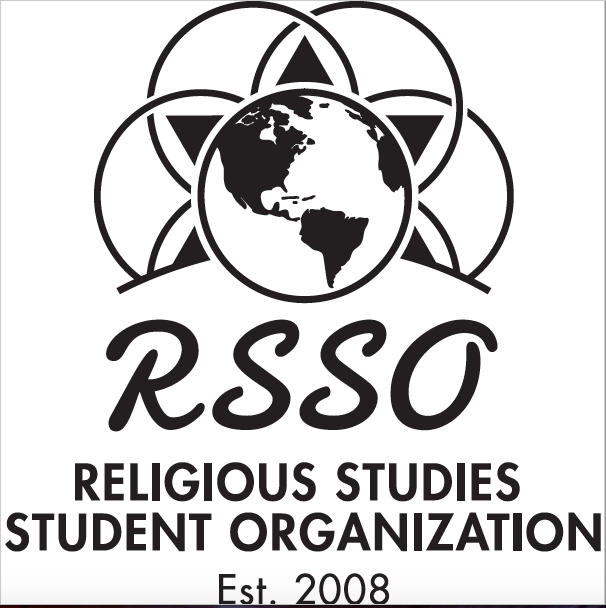Start Date
10-4-2021 12:25 PM
End Date
10-4-2021 1:30 PM
Abstract
This paper aims to draw a religious connection between the Myceneans of the collapsed bronze age and the early Iron Age Greek culture. Establishing a relationship between these two provides the ability for researchers to better understand how religion adapts in a time of crisis. The particular focus of this research will involve speculation into two current theories on why early Iron Age Greeks developed hero cults surrounding old Mycenaean tombs, one of which states that the hero cults surrounding the Mycenaean tombs were a direct result of the influence of Homer’s epics about an age of heroes long forgotten. The other theory views this as a cultural adaptation of previous Mycenaean ancestral practices. Through the analyzing of archaeological material found at these Mycenean tomb sites, it is evident at some of these tombs that there were hero cults active before the influence of Homer’s epics. There is also evidence of ancestral practices in early Iron Age Greece that do not disappear with the emergence of these Hero cults, indicating there may not be a relationship between the two. It is far more likely that these Hero cults were present after the discovering of these elaborate Mycenaean tombs and that activity increased with the influence of Homer’s epics spreading throughout the mainland. While culture as a whole is multifaceted, we can track the development of key aspects of religion to further our understanding of how past and future cultures adapt to times of crisis.
Veneration at the Gates of the Past: Greek Hero Cults at Mycenaean Tombs
This paper aims to draw a religious connection between the Myceneans of the collapsed bronze age and the early Iron Age Greek culture. Establishing a relationship between these two provides the ability for researchers to better understand how religion adapts in a time of crisis. The particular focus of this research will involve speculation into two current theories on why early Iron Age Greeks developed hero cults surrounding old Mycenaean tombs, one of which states that the hero cults surrounding the Mycenaean tombs were a direct result of the influence of Homer’s epics about an age of heroes long forgotten. The other theory views this as a cultural adaptation of previous Mycenaean ancestral practices. Through the analyzing of archaeological material found at these Mycenean tomb sites, it is evident at some of these tombs that there were hero cults active before the influence of Homer’s epics. There is also evidence of ancestral practices in early Iron Age Greece that do not disappear with the emergence of these Hero cults, indicating there may not be a relationship between the two. It is far more likely that these Hero cults were present after the discovering of these elaborate Mycenaean tombs and that activity increased with the influence of Homer’s epics spreading throughout the mainland. While culture as a whole is multifaceted, we can track the development of key aspects of religion to further our understanding of how past and future cultures adapt to times of crisis.

